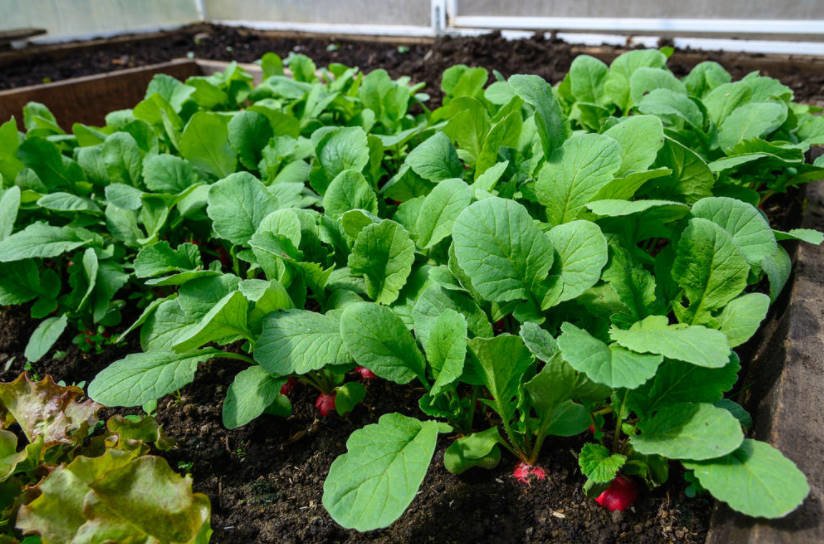
Growing radishes is the first gardening job after a cold and long winter. Indeed, it yields the earliest harvest, except that the watercress will be ready a little faster.
It’s so crunchy, so bitter, so juicy and so desirable! Don’t you feel sorry for the radiation foliage that is usually sent to the trash? I felt sorry. And for the last four years I have been growing radishes four tops, for greens. Although I do not refuse root vegetables, but about everything in order.
Planting and cultivation of radish for the tops
Everyone knows that with dense sowing, there will be no large radish shoots, the stem will stretch out, the tops will become skinny, and the root will stop growing – the radish will dry up quickly. Therefore, it is recommended to thin out several times: the first four days after sowing, and then again when the radish leaves begin to shade each other in order to take away the sun’s rays, which are already less in the greenhouse than a vegetable can get outdoors.

Growing radishes on the root, seedlings will have to be thinned several times
Sometimes it is recommended to grow radishes in milk bags, because you can simply push the bags apart and thereby increase the distance between them. But how many pieces of radish will fit in the limited area of the greenhouse? When growing radishes to produce tops, these problems disappear, and the farmer will harvest two crops from the same area at the same time.

When growing radishes to produce tops, the farmer will harvest two crops from the same area at the same time
Although there are questions here too. For example, what is considered thickened shoots – everything that exceeds the norm? According to the norms, the distance in a row between two plants with round roots should be 3 cm (1.2 in), and between plants with long roots up to 5 cm (2 in). The distance between the rows should be 12 cm (4.7 in).
Amazing marker for planting radishes
Out of habit, I made flat grooves – they were smooth and beautiful. But I have never been able to scatter seeds at an equal distance in the furrow. Then I had to thin out, and this is an additional job that I don’t like.

Thickened radish seedlings will have to be thinned
I read on the Internet that the husband of a farmer made a wooden mold for marking the surface for planting. But I didn’t want to make myself the same shape. The motive is simple – a lot of work, but it will be of little use, because we grow radishes for your own table, not for sale.
I had to look for the easiest way. And it was found when I was buying eggs in a cardboard tray with honeycombs! What is not a marker? The distances are adjusted to the millimeter, the supports are limiters in which the eggs are safe, as if they were specially made to push them into the soil. There are 30 seed nests in each form – an amazing marker for marking beds when sowing!
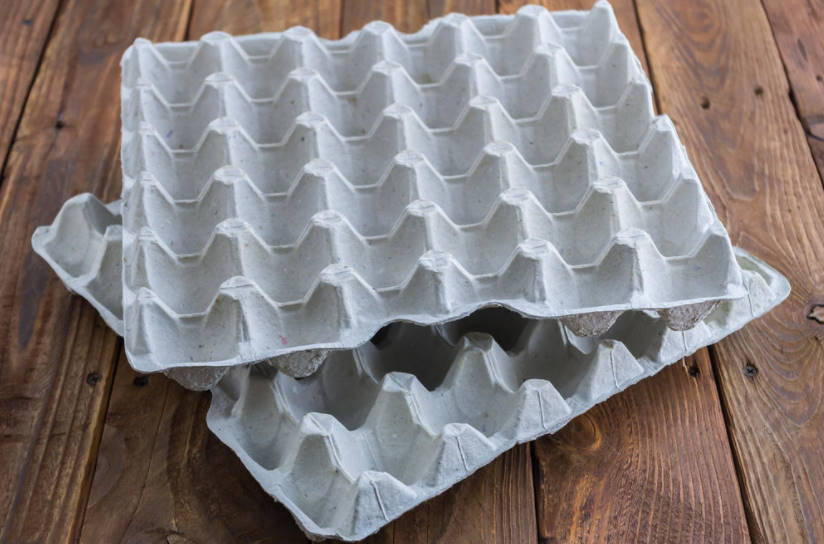
A cardboard egg tray will make a surprisingly convenient marker
We take the shape, press it into the ground, and get the perfect crescent for each seed. Why perfect? Because in each hole the soil is slightly compacted, almost like in nature. And on top – light uncompacted soil. In my greenhouse, the beds have not been dug for many years.
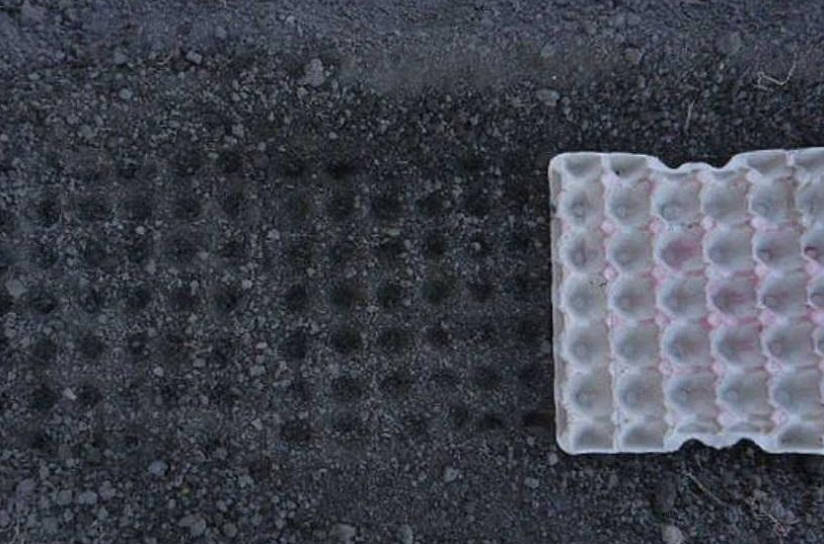
Look at the exact layout – each seed has its own house
Look at the exact markings! Each seed has its own home. Each sunken seed lies on a hard surface.
When growing radishes, not only for the roots, but also for the tops, remove excess shoots with a square-nest type. Then the plants will not interfere with each other (although the distance between the individual houses corresponds to the sowing standards). Such a marker can be used for sowing not only radishes.
Care of radish crops in the greenhouse
Radish loves moisture, so do not allow the soil to be dry, give it plenty of drink. Weeding is not necessary in the greenhouse, because gardeners usually do not allow weeds to grow, they do not need nutrients and light from vegetables to take away.
Harvesting – what to do with the tops
Now we start selective cleaning. We pull out plants for thinning. Such plants have a root, but there is nothing to eat yet. But the leaves have already grown and in some places blocked the light to others. Here are the ones that turned out to be “superfluous” – we pull out. And what you pulled out can be taken to the kitchen, there will be a place for a healthy vegetable.

Radishes from the greenhouse, the first spring greens and the first natural vitamins
The leaves and stems will be sent to the salad . It will be the first spring greens and the first natural vitamins.
And what are you doing with radish tops?

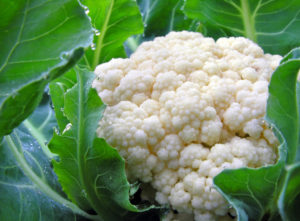
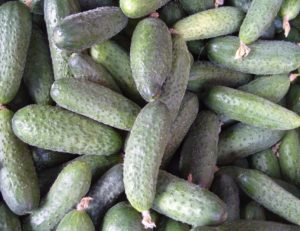

Leave a Reply